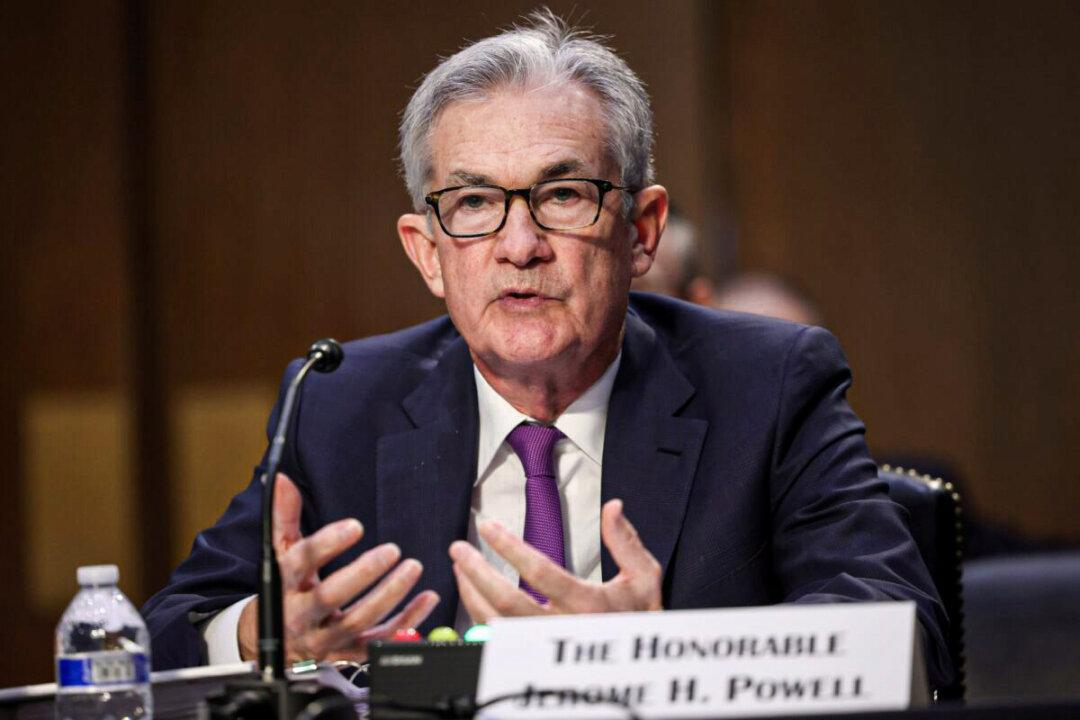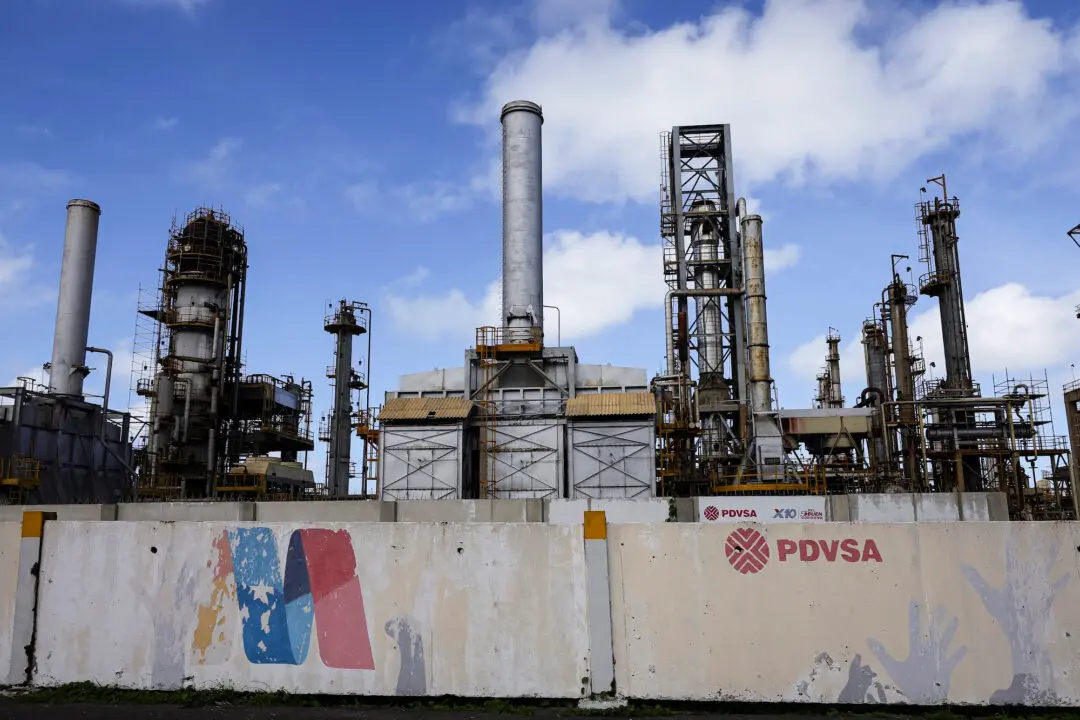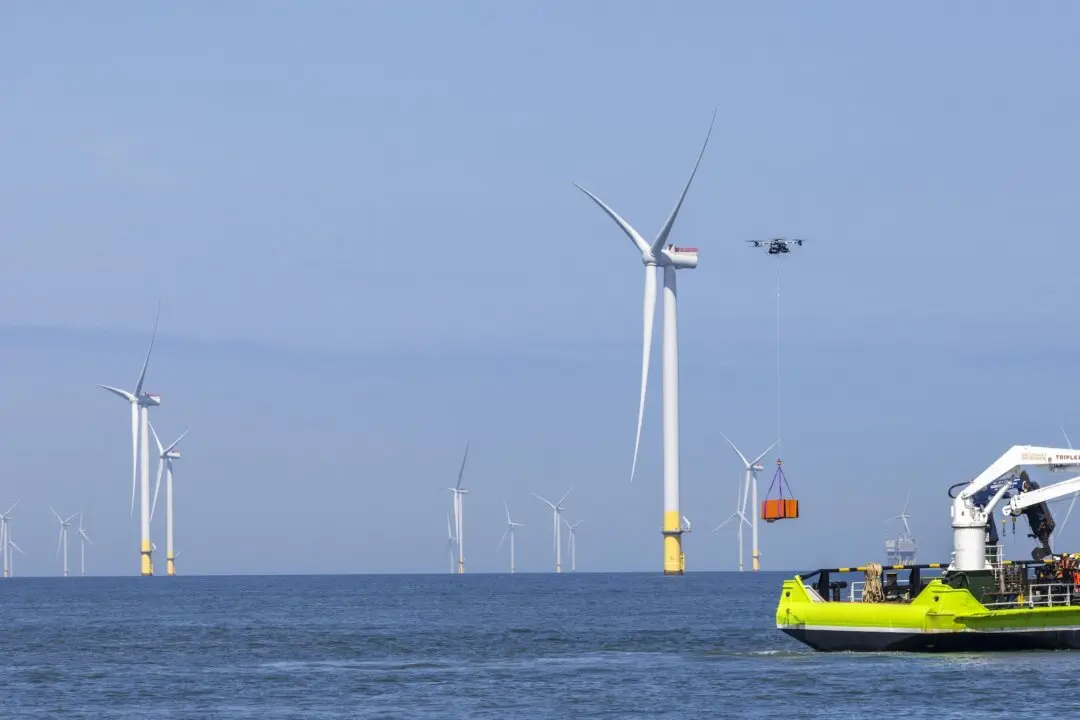New documents detailing closed-door discussions at the most recent Federal Reserve policy meeting show officials softening their “transitory” view of inflation, acknowledging the recent bout of higher prices as more intense and longer-lasting than they previously believed while vowing to act more aggressively if inflationary pressures stay elevated for too long.
Minutes of the Nov. 2–3 meeting of the Federal Open Market Committee (FOMC), released Nov. 24, indicate that members revised upwards their near-term outlook for inflation, blaming faster-than-expected consumer food and energy price rises, along with production bottlenecks, wage gains, and a tightening labor market.





